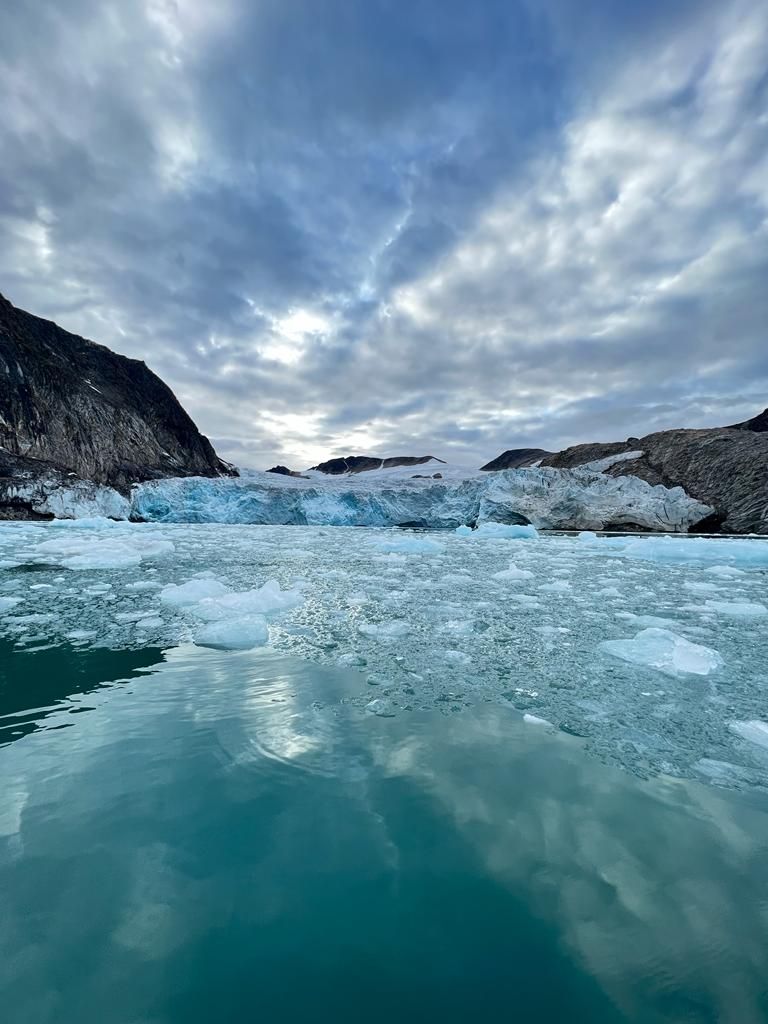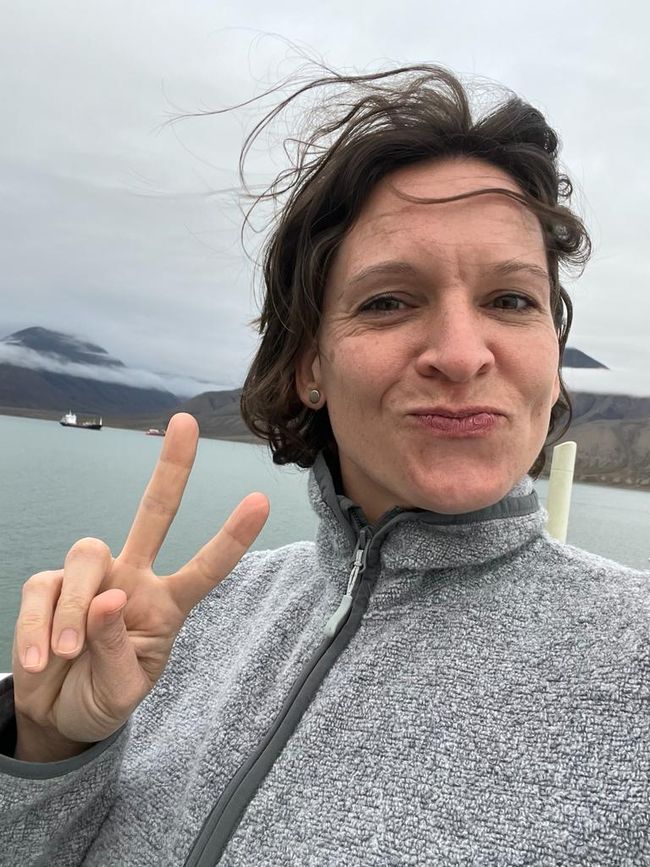Been There - Don Det
Közzétett: 19.11.2023
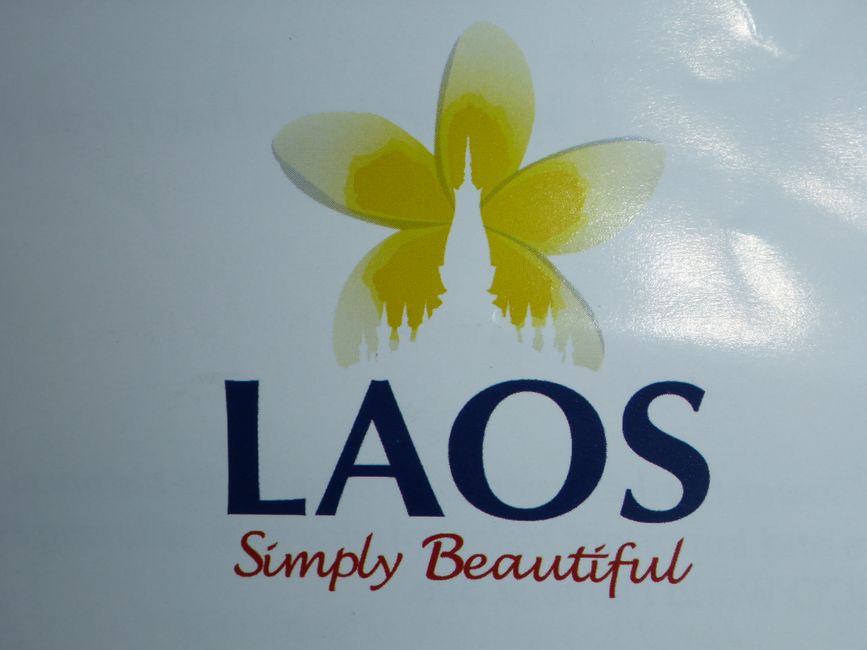
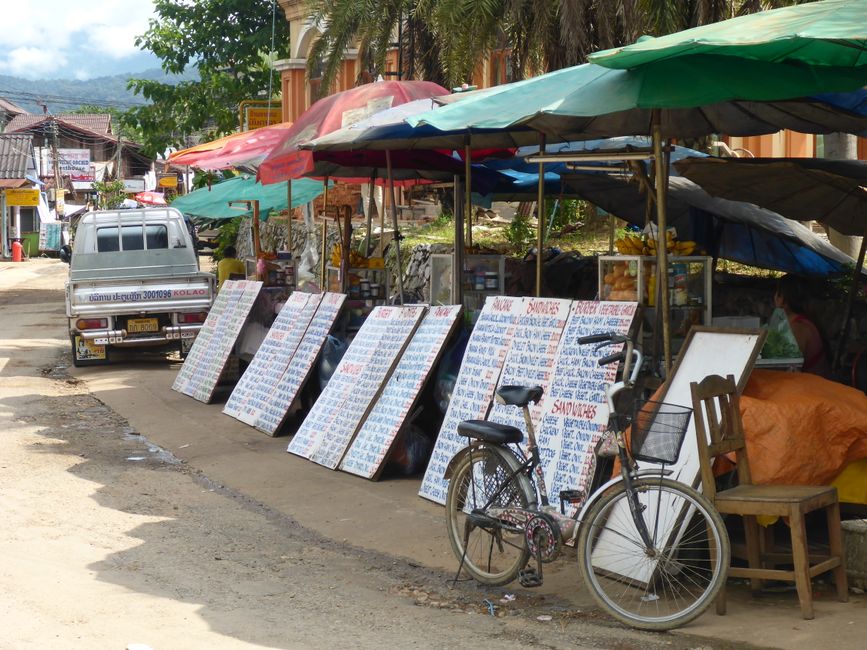

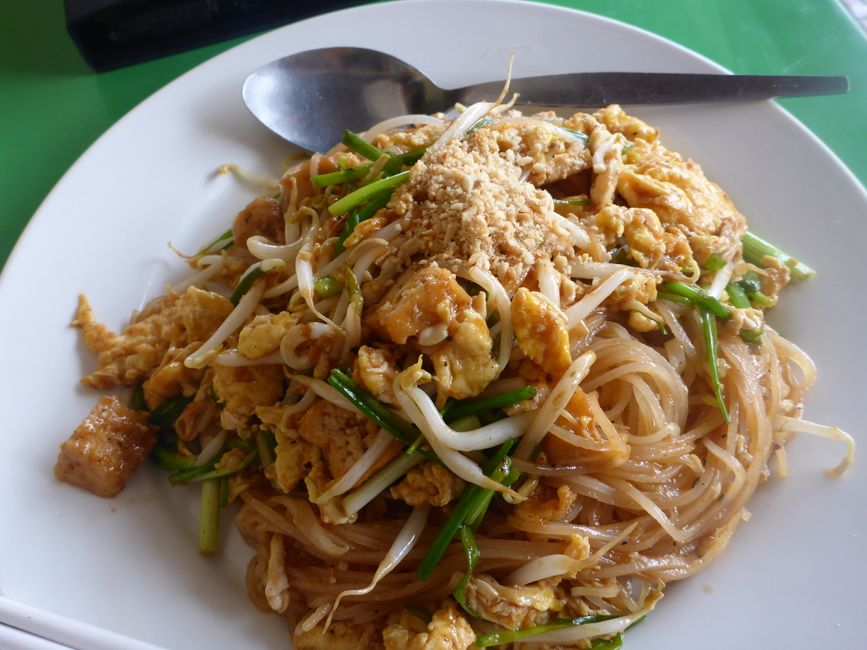

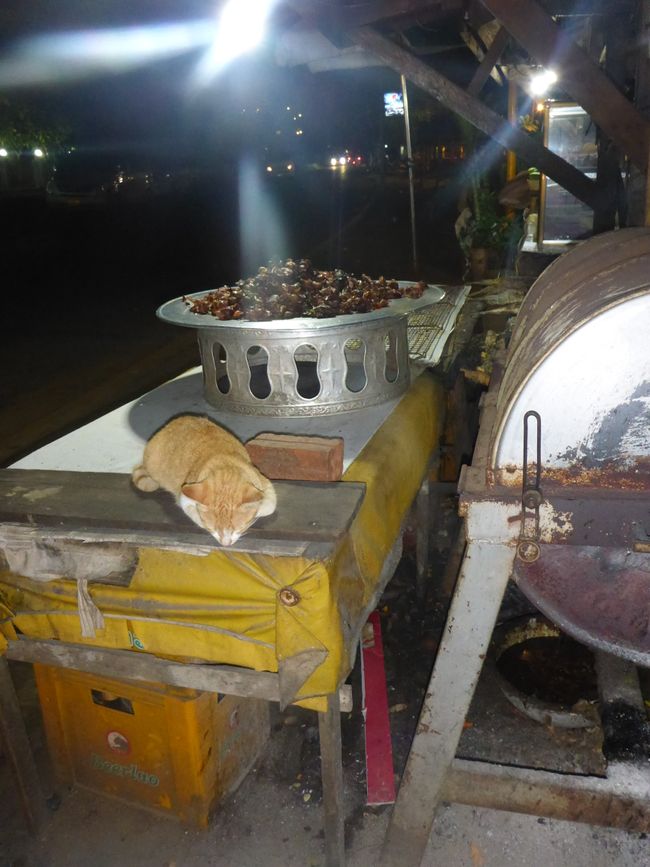
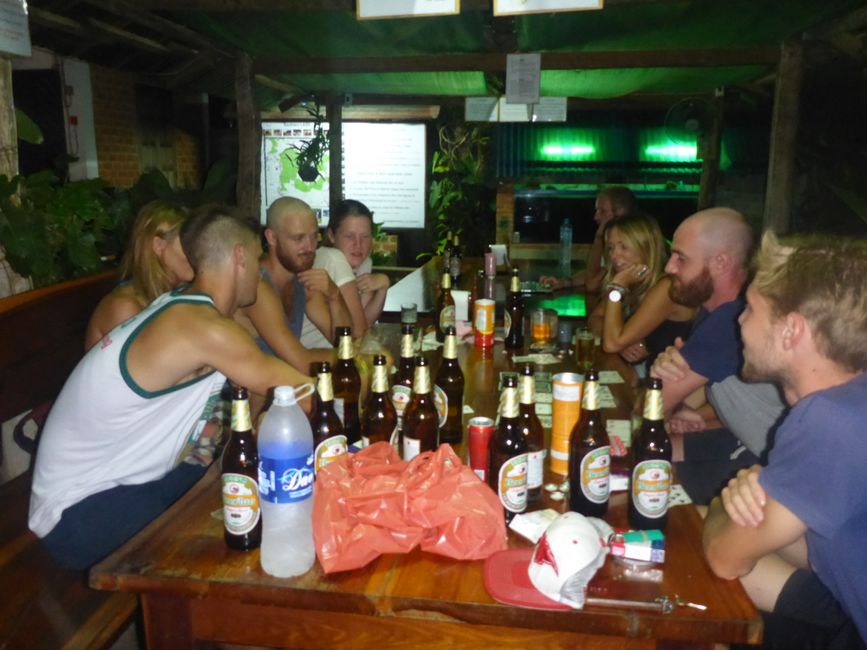
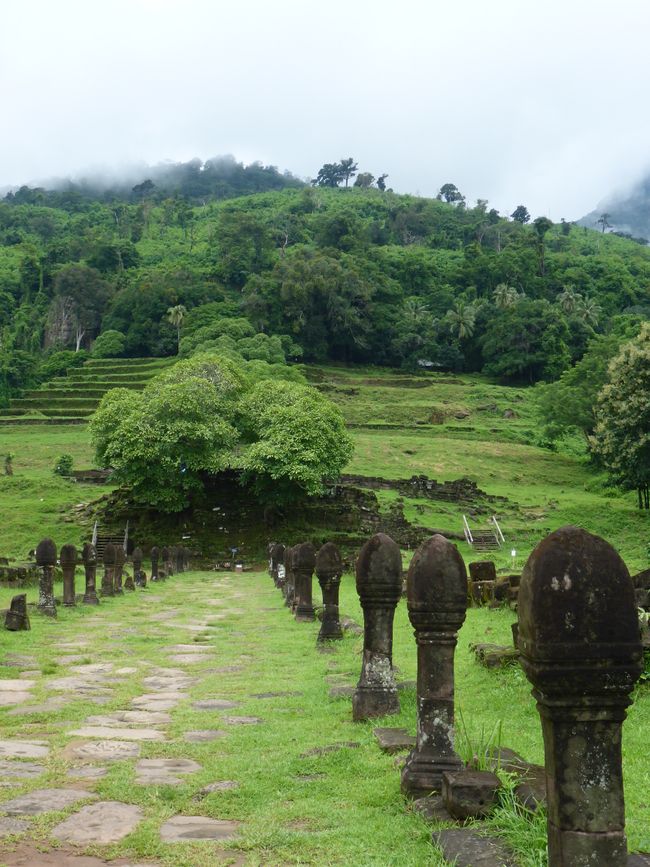

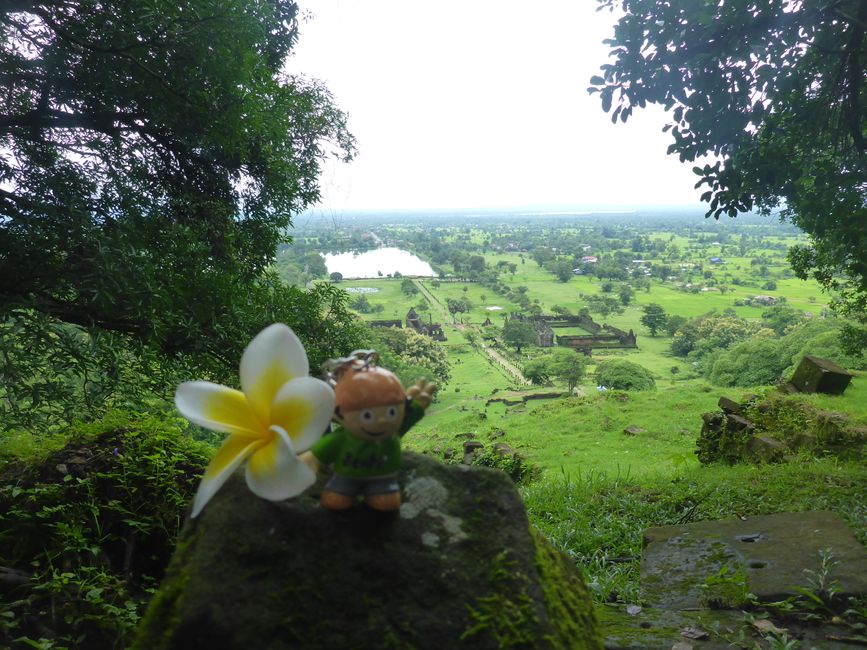
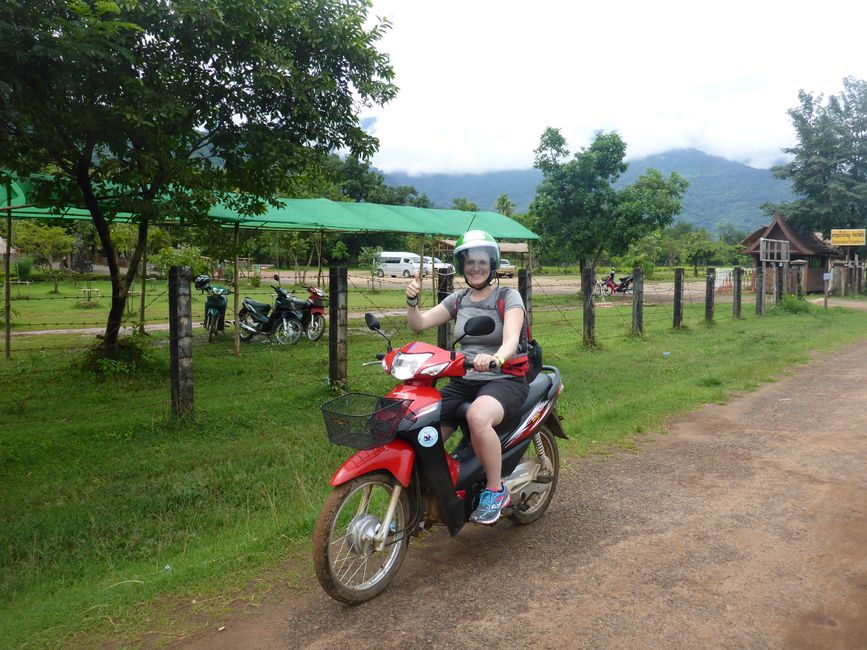
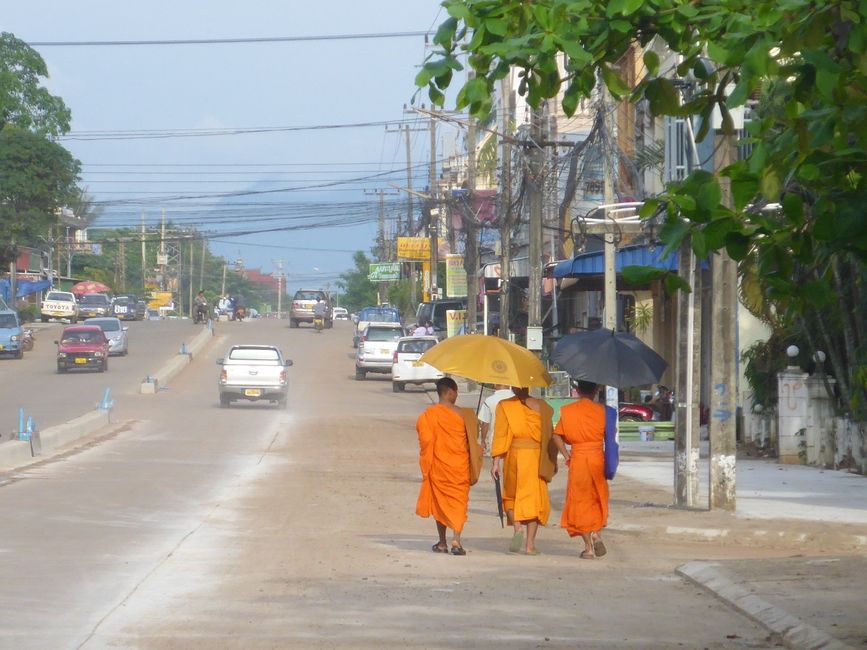
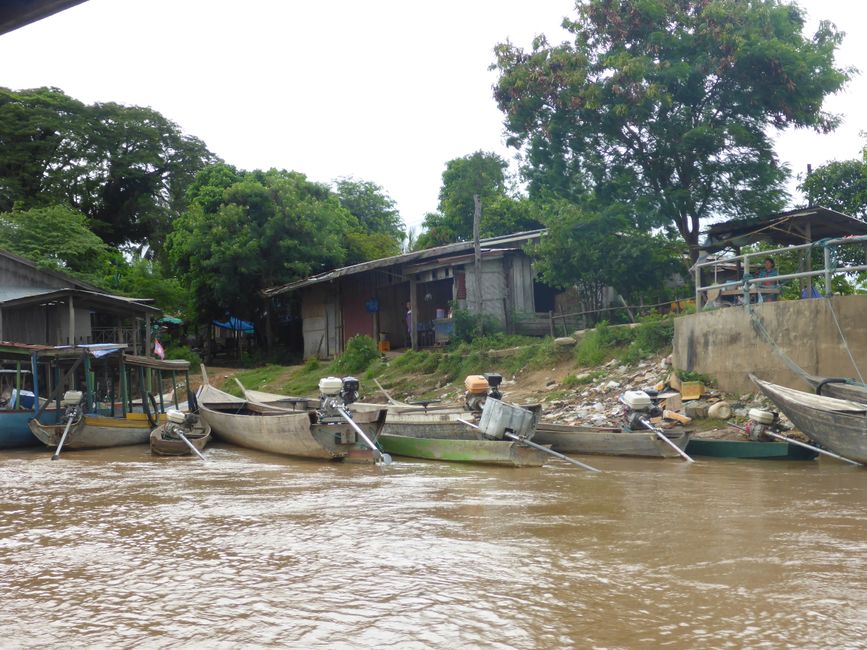
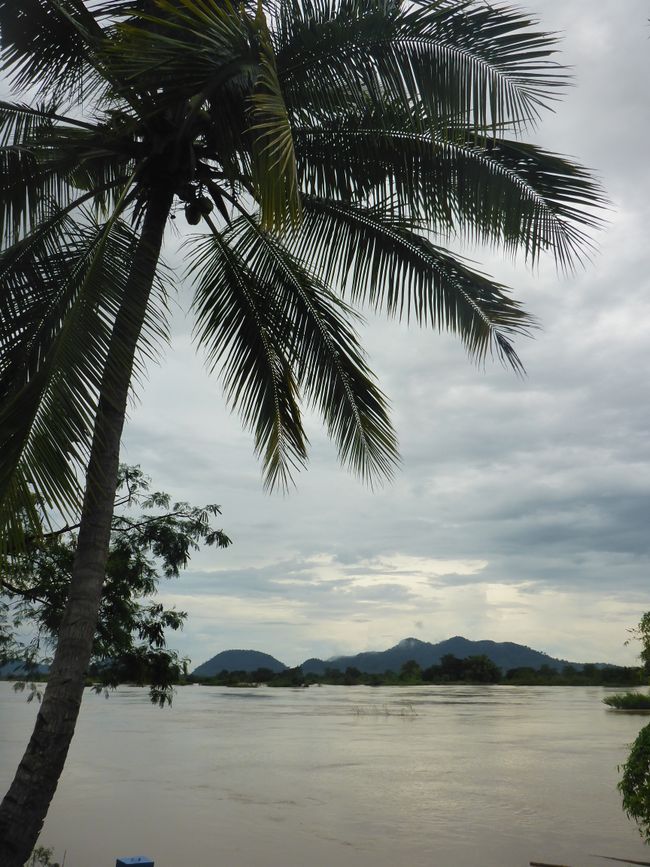
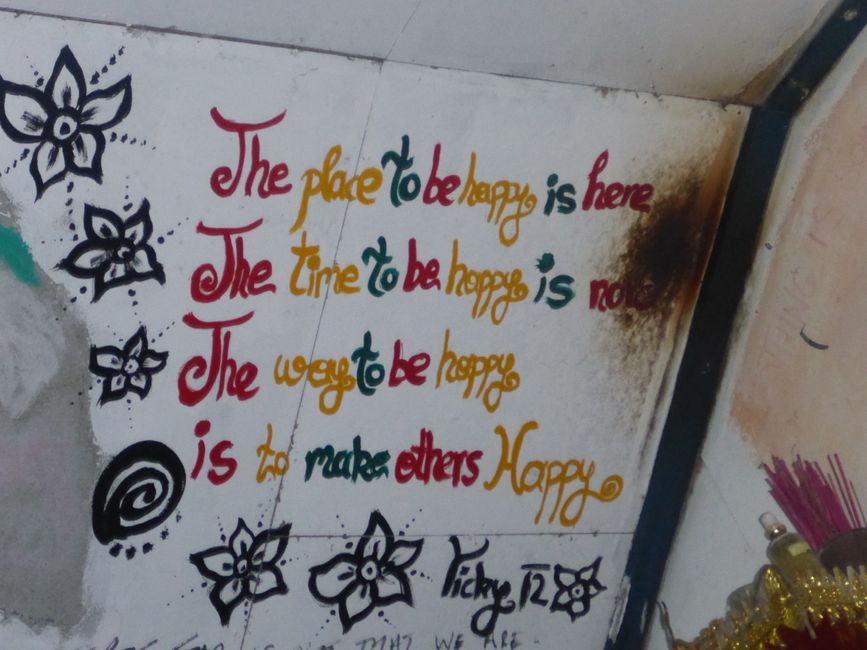
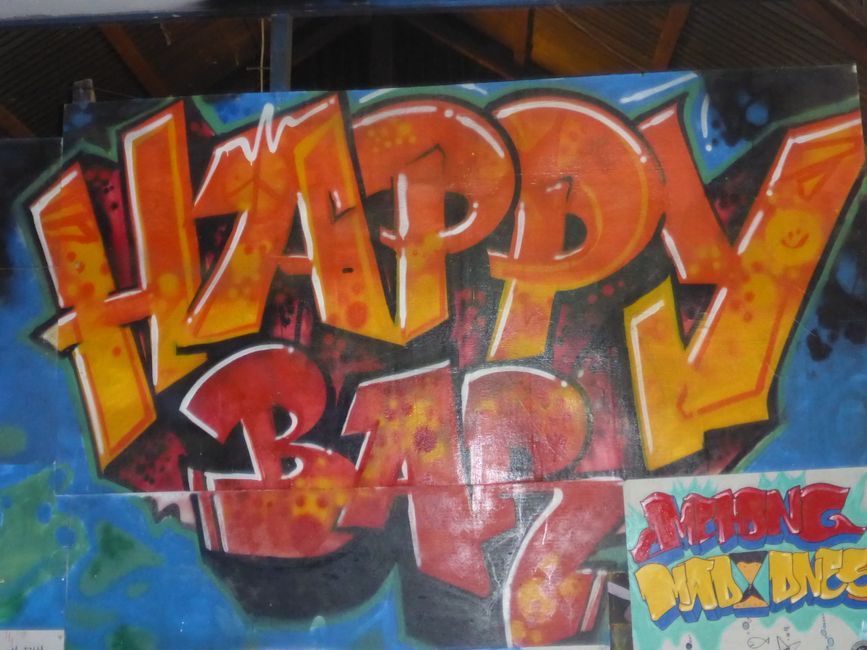
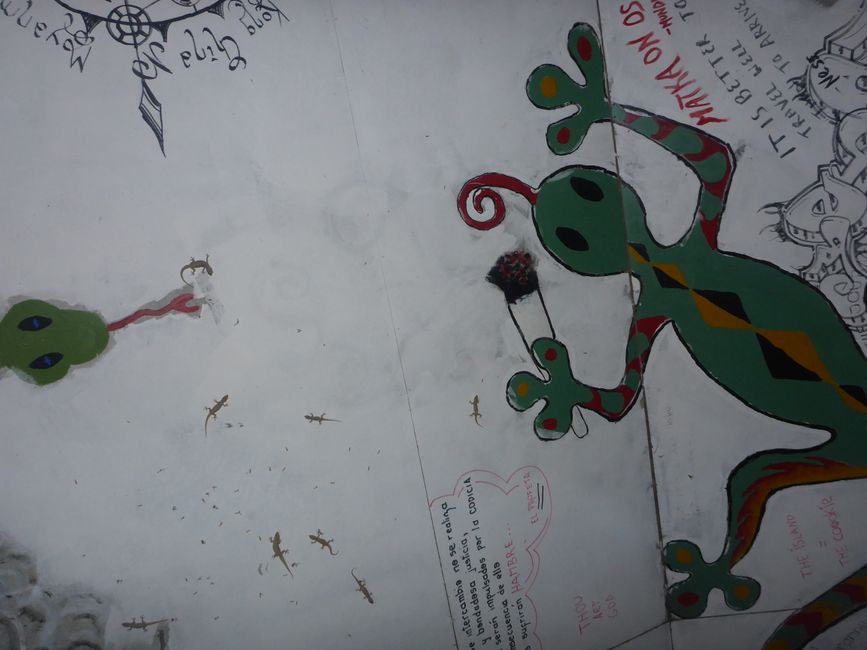
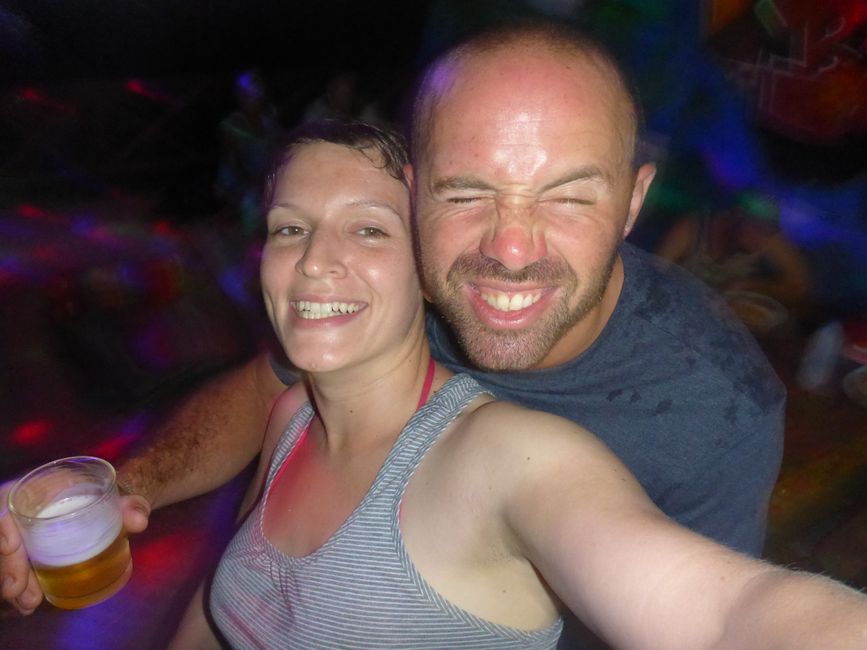

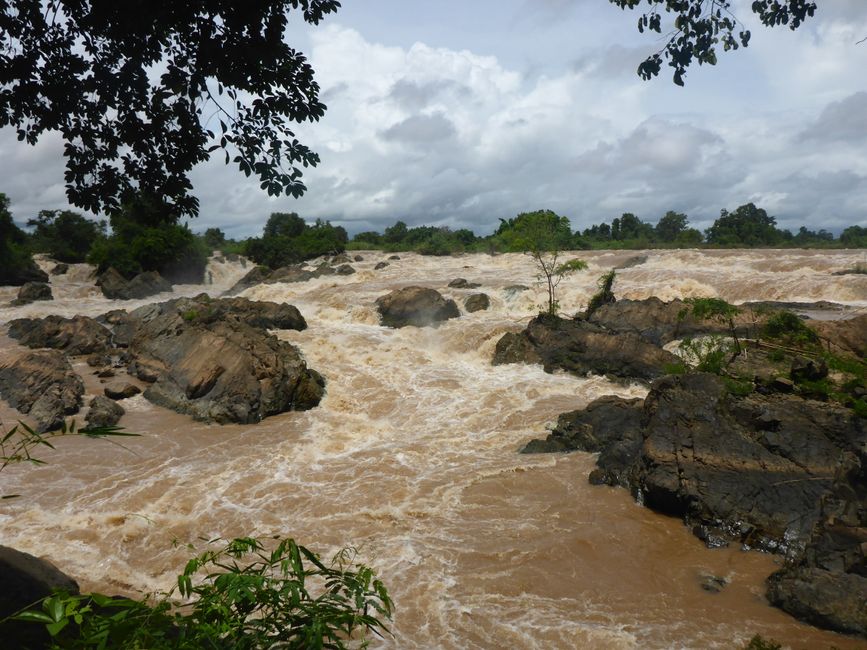
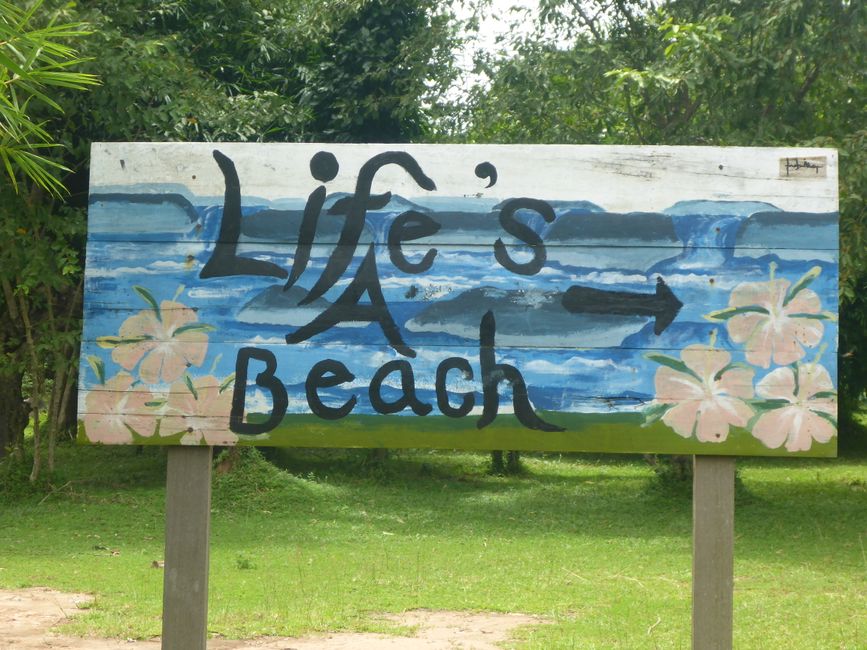
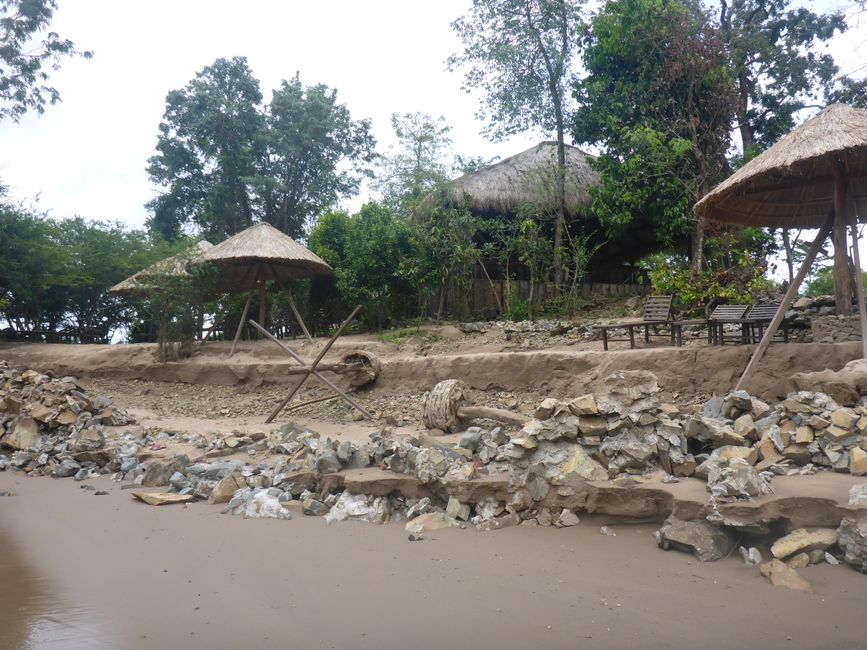
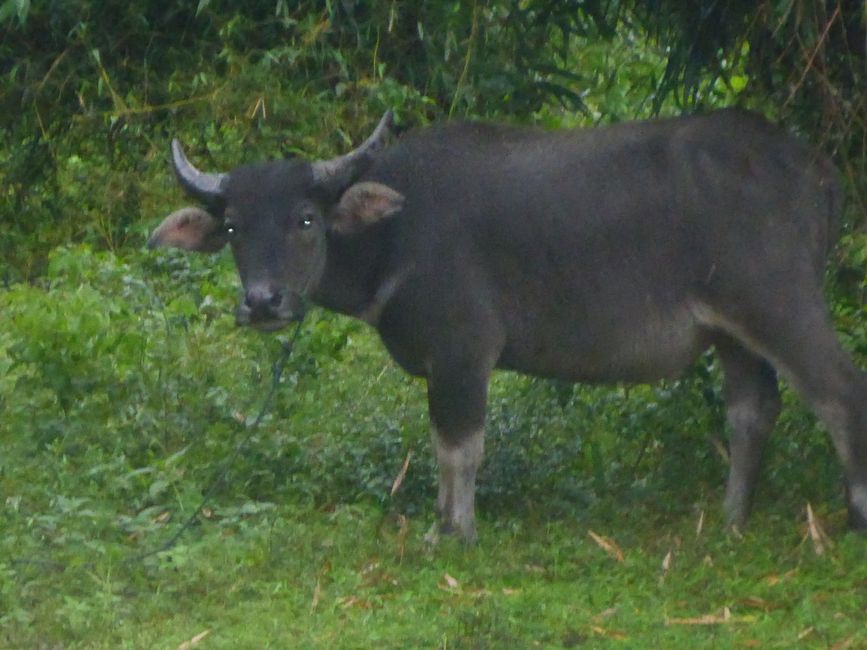
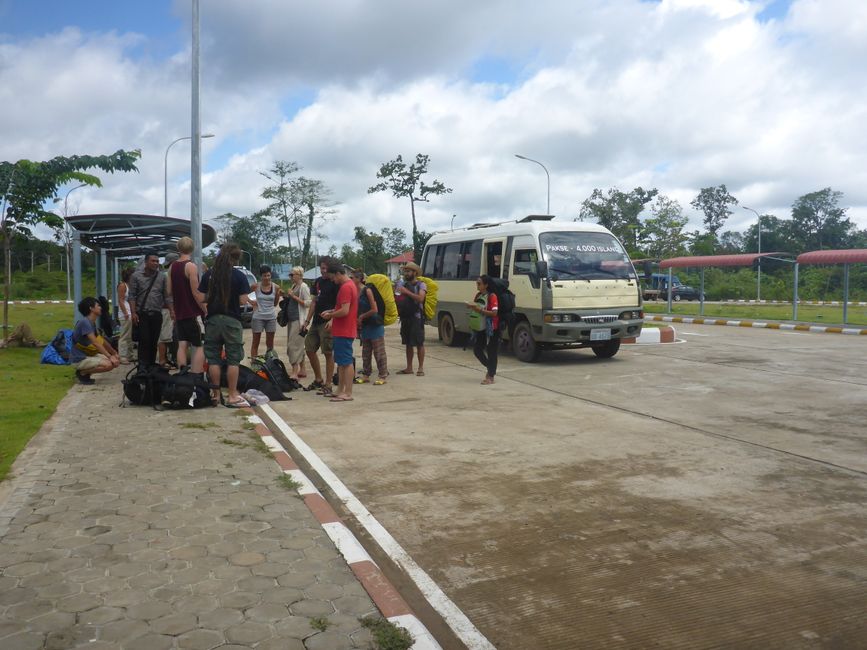
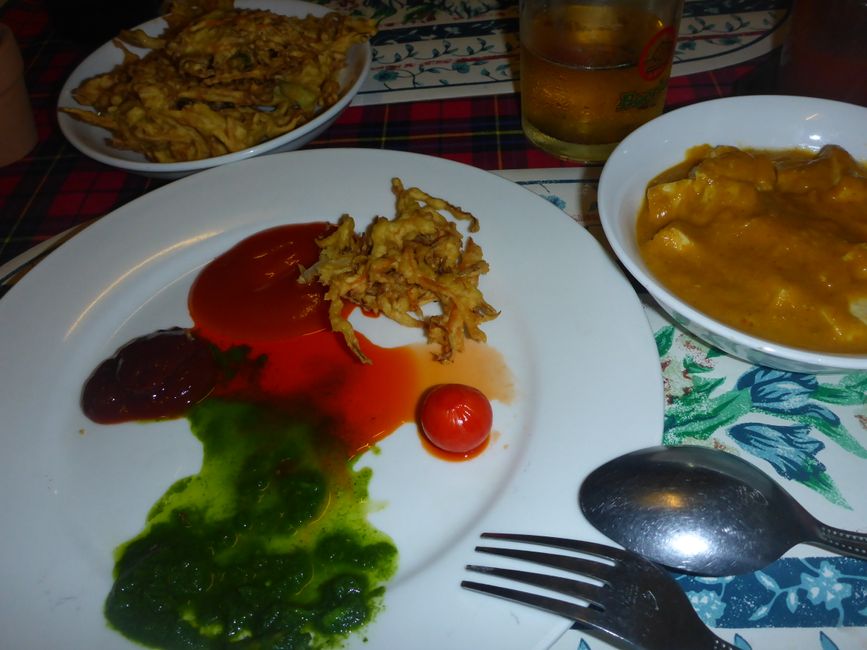
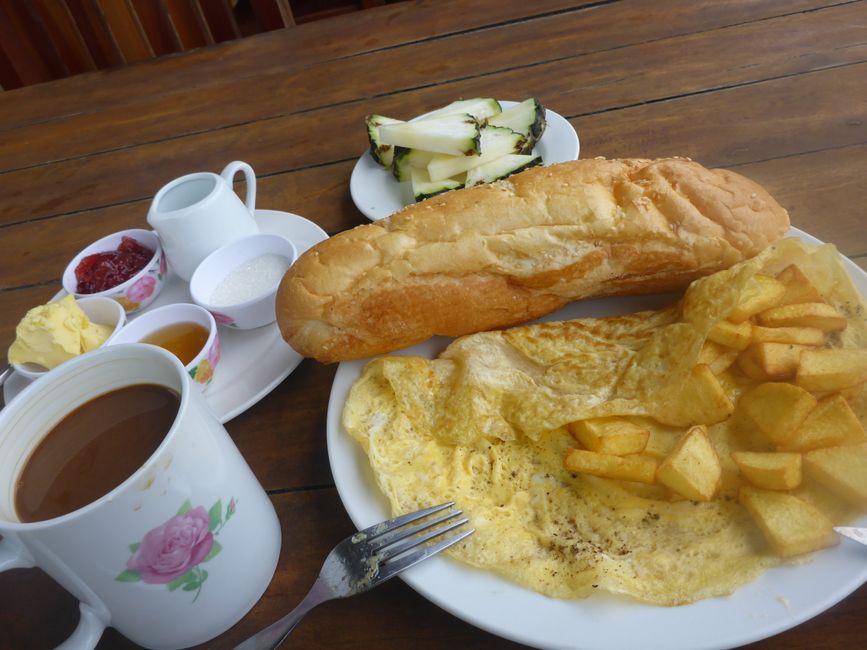
Pakse was described as not that nice and was only recommended as a transit point. But then it behaved quite well towards me. I had two fun evenings with nice backpackers and one day I rented a scooter with a German physics student. I had real concerns about whether I could control the thing, as I'm not that skilled when it comes to balance. Besides, I've never tried it and anyway, can I actually drive the Honda Wave 100 cc with my driving license? What are the concerns? We tried it out on the main street the evening before after a short and perfect introduction and then simply took the machine with us. Driver's license, no, I don't need it! said Mr. Yves and laughed. I doubt there are even official driving licenses in Laos!
And then the next day we headed towards Wat Phou, a temple that cannot compete in size with Angkor Wat, which is one of the next points on my itinerary, but is significantly older. The new road made it easy for me and the rain was also managed by the rain cape and the grip of the tires. The temple yooooah, was okay, although more of a pile of stones than a real temple. So, since there was still a lot of gas in the tank and the whole day was finally paid for, I set off in the other direction again. Unfortunately, I didn't find the coffee plantation that was supposed to be at kilometer 20. But I can now very well distinguish between new and not new roads, including dust. Now I know why people drive even the smallest distance on a scooter here, it's just so much fun!
I shouldn't always describe the beautiful side, according to feedback from the blog. Yes, okay, even though I'm basically trained to block out the negative. What gave me a bit of a headache at the beginning was hygiene. If you're sensitive about such topics, I don't think you'll be very happy here. Without going into too much detail, the following... in the more rural areas there are squatting/standing toilets that are manually scooped up by the user using a plastic container from what we call a rain barrel or a brick water basin. I don't have it as a sink identified, but there is only rarely an additional one in front of the house.... cleaning is usually done with the water from the said water cup or, if there are normal toilet bowls, with a water hose (bidet) and left hand (at least that's what I was told back in Nepal )... of course you cook and eat with your hands, you can't move the sticky rice with chopsticks or cutlery and it is shared with your hands by all the blackheads and dipped into the appropriate pots... I'm not a vegetarian, but I avoid meat here. If you have seen and smelled the meat department at the market (the "cooling" consists of a wooden stick with an inflated breakfast sandwich bag that drives away the fat flies) and have ever had bad diarrhea from chicken masala (not this time toi toi toi) people like to distance themselves from meat...I don't really know how it all works, but there seems to be a certain order here, despite the fact that it's sometimes just grubby. In some places the dirt is sparkling clean and the dirt is then dumped 3m further onto the ground. Even though kitchens consist of just a pot on the floor and the vegetables are cut by hand, whole feasts are still cooked and it tastes fantastic! As I said, it's best not to think about everything so closely, then everything will be fine.
The journey then continued to the 4,000 islands. I chose Don Det, the party island. Well, a party was possible, but due to the low season it was more of a narrow version of the whole thing. However, I don't want to imagine what it's like when it's high season on the small island (I think it's 5 km long and sometimes only a few hundred meters wide) and people are lying in hammocks everywhere and having a good time with alcohol and happy shakes . In addition to various water sports options (no thanks, I'm still enjoying the extraordinary experience of kayaking), you can also take a bike tour on this island and the one to the south, connected by a bridge. Since it was pouring rain again, it was more like jumping in puddles (the whole island has a slightly wider stretch of gravel path with only narrow paths that are just mud when it rains) than cycling. Spending the new rain shower simply relaxing on cushions under a bamboo bungalow by a waterfall is wonderful when the weather slows you down like that.
However, a conversation in the evening with a development worker from Germany made me think a bit. The organization supports a project in northern Laos in which the knowledge about sericulture and its marketing that has been lost due to the changes in the agricultural economy is made available to the villagers again. Many millions of euros are flowing to Laos in this and similar projects from other organizations. Apparently the help offered, if not even imposed, from the West is accepted far less than the German heavy hitters who represent the donation clientele imagine. The amenities associated with the project, such as a van provided, etc., are welcome, but there is no support from the authorities and local partners. If you want to put it positively, the Laotians seem to be satisfied overall, despite what I consider to be difficult living conditions. The person I spoke to spoke rather of ignorant, but what speaks against an autonomous attitude? Nothing if it weren't for the financial side. China in the north and also its significantly richer neighbors to the west (Thailand) and east (Vietnam) are taking advantage of the superior situation. Laos currently only seems to be bothered to a limited extent. The development worker predicts that average income will gradually increase over the next few years and that Laos will soon no longer be considered a third country. However, this means that current financial development aid from various countries on which Laos is dependent will disappear. That's really not particularly forward-looking...
And then the time in Laos comes to an end. What remains? In addition to lots of great encounters, fantastic nature and excellent taste experiences, the following colors:
the brown Mekong, which looks much dirtier than it is,
the orange robes of the monks, which can be seen from afar,
the light blue socks in some women's flip-flops (here you protect yourself from the sun's rays because you don't want to get tan, not because of the risk of skin cancer)
the yellow Beerlao logo that lights up everywhere on the street and in the "restaurants",
the gold of temples, stupas and Buddhas,
the brightly colored packaging of the spare tires for bicycles and mopeds, and above all the more than lush and radiant light green of the endless rice fields after the rain!
Thank you Laos - Khob chai lai lai!
Válasz
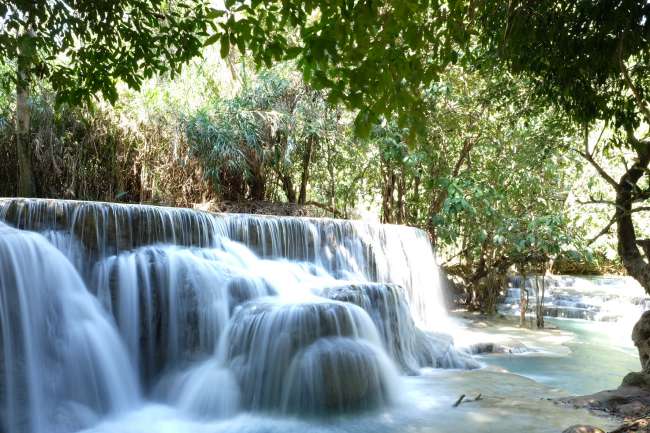
Laosz utazási jelentések
